ESL Baby Writing
This page has ESL baby writing activities and exercises for you to do. When you try to answer the questions in these exercises you will be able to practice using the baby vocabulary so you will learn it fully.
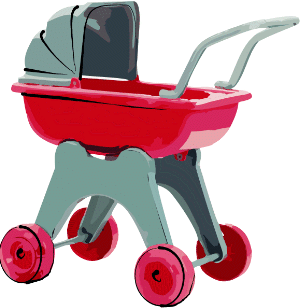
Writing is a good way to practice using vocabulary when you are first starting to learn new words about a topic. When you write you have plenty of time to find the best word to use in a situation and think about how you want to form your sentences. It is good to do tasks like this when learning vocabulary as this gives you time to think about the different options you have. If you need any help finding the best word to use in these ESL baby writing tasks you can look at the word list on the ESL baby vocabulary page.
There are the following four ESL baby writing tasks on this page:
- Writing topics.
- Summary writing task.
- Writing a description of a picture.
- Writing a role-play.
ESL Baby Writing Exercises
Exercise 1 – Writing Topics
This ESL baby writing exercise has three writing topics. You should chose one of the topics and write as much as you can about it. Use as much of the baby vocabulary as possible and use full sentences and paragraphs. You can also write about the other two topics if you really want to get better at using English.
- Describe a situation where you had to look after a baby.
- Explain why it is difficult to look after someone else’s baby.
- Discuss the good and bad points of having a baby.
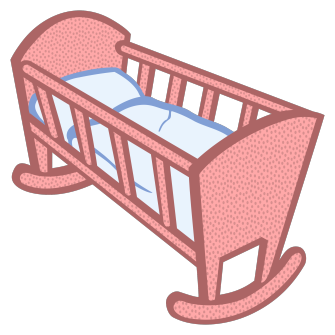
Exercise 2 – Writing a Summary
In the next ESL baby writing exercise you need to read and understand the following passage and then write a summary of it. A summary should be shorter than the original and keep only the main information. You should miss out any minor points as these are not needed in a summary.
Development of babies and young children
Babies develop physically at different rates. Individual personality also becomes apparent as they reach their first birthday, so it is difficult to make generalisations.
At about six months, a baby will try to push itself into a sitting position. This can take weeks to achieve and the easier option is to roll over and start to crawl. Some infants sit on their bottoms and 'hump' along. This sort of movement uses up lots of energy. A baby's nourishment needs have changed and solid food is introduced. Without teeth, chewing is difficult so most fruit, meat and vegetables are pureed. Milk is still drunk during and after eating.
As leg and arm muscles get stronger, babies start to pull themselves into a standing posture by using the furniture in the room. It is amusing to see them try to stand, balance, wobble then fall down with an expression of surprise on their face. As confidence, control and strength grow, they try to move around the room clutching at the furniture as they go. Finally they decide to run across a gap and stagger into the arms of an encouraging parent.
Young children start to verbalise at about a year old. They copy words and sounds, which to our ears are indecipherable noises, but it is the start of learning to talk. Pointing at an object and making a noise, is an effective way of telling adults what they desire. During the first year their hair grows, nails need cutting and the first bottom tooth may appear.
All young children love movement. There are lots of swings for indoors, baby bouncers and safe chairs on wheels that can be bought to allow the child independent movement. Rocking horses need to be carefully supervised as very enthusiastic 'rockers' can end up head over heels on the floor and not on the horse.
The motion of a moving car has the effect of rocking a baby to sleep. When the car stops, the baby may wake up. Sleep patterns change and a baby may not wake up during the night now. However they still wake up earlier than ideally the parents want them to.
Exercise 3 – Describing a Picture
In this ESL baby writing activity you need to look at the following picture and then explain what is happening. As well as writing about what the picture shows now you can also imagine what might have happening in the past or what might happen next. Use the baby vocabulary and write as much as you can.
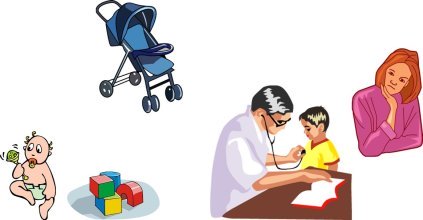
Exercise 4 – Writing Role-plays
In the final ESL baby writing exercise you need to select one of the following role-play prompts and write what the people would say to each other. In each of the prompts you are told where the role-play happens, what is happening and who the people are, and you just need to decide what they would say. When you have finished writing your answer you should get some friends and then practice performing the role-play so you can learn to speak the words as well.
Role-play 1
- Location: In a park.
- Situation: Parents talking about what it was like when their children were babies.
- Participants: Two or more parents.
Role-play 2
- Location: In a house.
- Situation: A new parent talks to their friend about how to look after a baby.
- Participants: A parent and a friend.
Other Pages about Baby that You Might Like
ESL Baby Conversations
ESL Baby Listening
ESL Baby Reading
ESL Baby Vocabulary
ESL 4u home › Writing › Baby


|
|
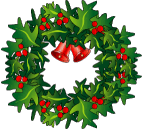
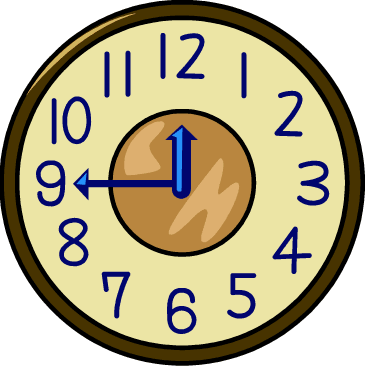
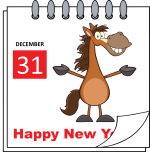
New! Comments
Have your say about what you just read! Leave me a comment in the box below.